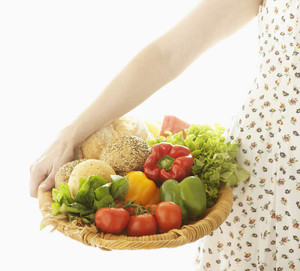13 Feb Thu 2014
Chicken Paddock Planting Plan

Last spring’s Chicken Week seems a world away now as I look out onto giants mounds of fluffy snow. That week of posts introducing our first flock of chickens also discussed our plans and tips for chicken keeping. One of the central concepts in our plan is a paddock system. Chicken paddocks provide several benefits, including the reduction or elimination of expenses for commercial chicken-feed. In a nutshell, the paddock system works like this:
Multiple (i.e., four) fenced areas can be accessed from the coop. These areas are deliberately planted with vegetation that is healthy for chickens to self-harvest. The paddocks are also planted with an overstory (trees to roost in, especially for protection) and an underbrush (especially to hide from airborne predators). By planting perennial food, you further minimize the amount of work necessary on your part to feed the chickens (the plants come back every year). Paddocks are designed to be large enough so that chickens can forage there for an entire week without decimating the vegetation available. After a week, they move on to a new paddock. In a system with four paddocks, the first paddock will have three weeks to “recover” before the chickens are back to eat more.
Implementing our paddock system has been a slow process because it fell low on the priority list during warm weather. By the end of last summer (2013) we had created two paddocks to surround our coop. (The original plan called for four paddocks but we decided that two larger paddocks would be better.) This spring (2014) we’ll finally be ready to fill the paddocks with gobs of perennial, chicken-friendly food to give our girls plenty of yummy foraging material.


